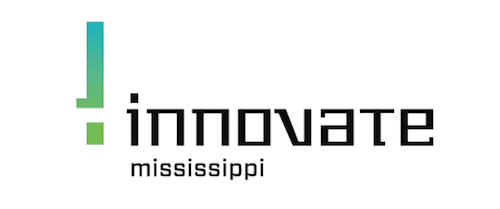In last week’s article, I shared some of the history and development of crowdsourcing and many of the ways people today are outsourcing products or services from strangers through the Internet.
While many of these situations involve people getting paid for these products or services, the really interesting part of the crowdsourcing phenomenon is the drive to be part of creating a “greater good.” Similar to the original creation of Wikipedia, there are many examples and many different ways that this similar “contributing for public good” and mass crowd sourcing can be seen.
One common example of crowdsourcing you may have seen is if you’ve researched and looked online for instructional videos on YouTube. Need to know how to fold a kid’s giant playhouse into its original briefcase bag? There’s a video for that. Wondering how to loosen a stubbornly stuck Dremel sharpening tool? There’s a video for that. Want to know how to play the opening guitar sequence to your favorite early ’90s song? There’s an instructional video for that, with close-ups of chords that can be played over and over until you get it.
All of this online content was created almost purely to share with the public. Yes, there are ways to get paid on YouTube if you have advertising and enough viewers, but most of those videos aren’t even set up for the pennies they might receive under those programs. And yes, some of these videos are used as a hook to get you to sign up for guitar lessons online or buy other services. Despite those potential profit motives, nearly all of these folks set out to share their very considerable talent with the world and simply give it away for free.
In many ways, it’s an interesting look into human nature as platforms like YouTube aren’t just sites for frivolous content, but rather have become venues where people seem to actually compete to provide more information and value to the rest of humanity. Ultimately, it provides useful and immediate content and becomes a valuable repository for human knowledge and learning.
One innovative Mississippi company that tapped into a similar process for part of its development is HumMod, a technology spin-out of the University of Mississippi Medical Center. HumMod offers a digital model of the human body with more than 9,000 inter-related variables. As an example, the model can quickly simulate three “runs” of my life — as a marathon runner, a couch potato and a diabetic — and then quickly report how I would turn out in each scenario. It can also be used to simulate various exercises and diseases in the body and predict outcomes.
Interestingly, HumMod may likely be used in the future to simulate drug trials and even replace drug trials on humans all together. Online versions of the system are already being marketed to physiology students as a training tool, and the further evolution of the system will no doubt provide value in a lot of different ways.
While HumMod has a fantastic story, you’re probably wondering where the crowdsourcing comes in – and that’s perhaps the most interesting part. For many years, HumMod sought better simulations for various systems and asked researchers from all over the world to contribute to making their model better.
For example, when a researcher in Australia had a system for modeling mineral absorption in the intestines, he uploaded his model to see if it performed better than the existing one. Aerospace and mechanical engineers from Mississippi State University contributed greatly to the model for air flow and the deposit of particulate matter in the airways. In essence, the best models for many systems came from crowdsourcing them from all over the world. The result has been both a publicly available basic tool and a now commercialized fully functional model.
However, one of the most common crowdsourcing uses is one that you may not even be aware you’re participating in or contributing to. Have you ever noticed the uncanny ability of Google Maps to tell when traffic is moving fast, slow or stopped? Pick nearly any road in America at any time of day and you can see how traffic is flowing. How can Google be that good at knowing current traffic? Easy. Everyone who uses the Google Maps app on their phone is contributing to the data.
In a nutshell, if you are driving the speed limit, they know that road is green. If you slow down along with a few other drivers, they know to flag that road as yellow. If you stop, they know that road needs to be red. While we all get to use the traffic data, this practice raises privacy concerns; although, it seems that Google is only using aggregated data and that there have apparently been no real privacy issues over this practice.
For better or for worse, the practice of mass crowdsourcing is here to stay — and it is no doubt going to be a resource for us to draw upon for a long time.
Tony Jeff is the president and CEO of Innovate Mississippi. He can be reached at tjeff@innovate.ms.
